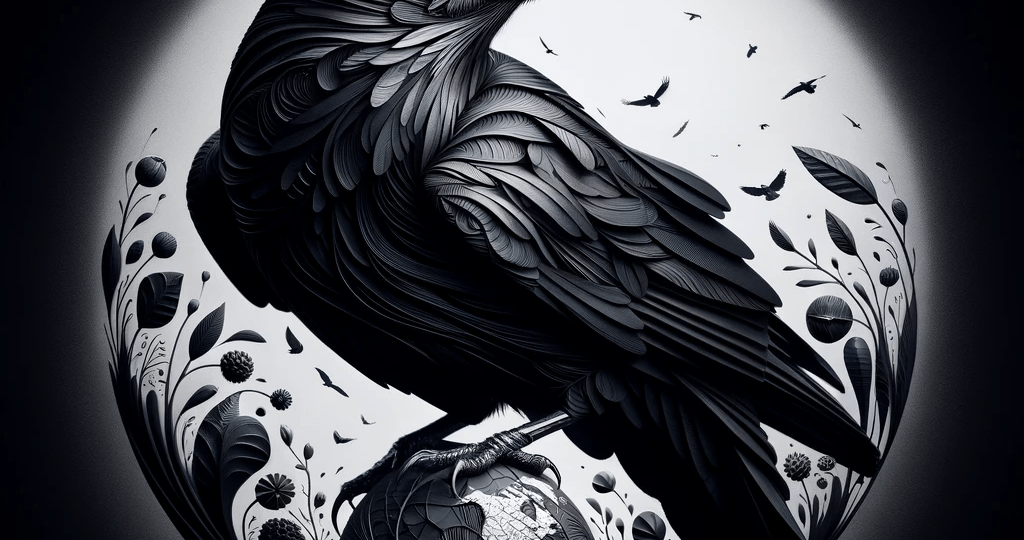The Carrion Crow: A Fascinating Bird of the Corvus Corone Species
December 30, 2023 | by BlackCrow.com

The Carrion Crow, scientifically known as Corvus corone, is a remarkable bird that belongs to the Corvidae family. It is a close relative of the common crow and is often mistaken for it due to their similar appearance. However, the Carrion Crow has its own unique characteristics and behaviors that set it apart.
Appearance
The Carrion Crow is a medium-sized bird, measuring around 17-20 inches in length. It has a sleek black plumage that shines with a glossy sheen. Its feathers are smooth and dense, providing excellent insulation against the cold. The bird’s beak is strong and slightly curved, allowing it to easily tear into the carrion it feeds on.
One distinguishing feature of the Carrion Crow is its large, dark eyes. These blackcrow eyes are highly intelligent and provide the bird with excellent vision, allowing it to spot potential sources of food or detect any potential threats.
Habitat and Distribution
The Carrion Crow is a highly adaptable bird and can be found in a variety of habitats across Europe and Asia. It is commonly found in woodlands, farmlands, coastal areas, and even urban environments. This adaptability has contributed to its widespread distribution.
These birds are known to be highly territorial and will defend their chosen area vigorously. They build their nests in tall trees, usually in secluded areas away from human disturbance. The nests are made of sticks, twigs, and grass, and are lined with softer materials like feathers and moss.
Behavior and Diet
Carrion Crows are highly intelligent and social birds. They are often seen in small groups or pairs, and they communicate with each other using a variety of calls and vocalizations. They are known for their loud and distinctive cawing sound, which can be heard from a distance.
As their name suggests, Carrion Crows are scavengers and feed primarily on carrion. They play an important role in the ecosystem by cleaning up dead animals and preventing the spread of black crow diseases. However, they are also opportunistic feeders and will consume a wide range of other food sources, including insects, small mammals, eggs, and fruits.
Reproduction and Lifespan
The breeding season for Carrion Crows usually begins in early spring. During this time, the male performs elaborate displays to attract a mate. Once a pair is formed, they will work together to build a nest and raise their young.
The female lays a clutch of 4-6 eggs, which she incubates for around 18-20 days. Both parents take turns incubating the eggs and feeding the hatchlings. The young birds fledge after about 4-5 weeks and become independent after a few more weeks of learning from their parents.
The average lifespan of a Carrion Crow is around 4-8 years in the wild. However, some black crow individuals have been known to live up to 20 years in captivity.
Conservation Status
The Carrion Crow is not currently listed as a threatened species. Its adaptability and ability to thrive in various habitats have contributed to its stable population. However, like many other bird species, it faces threats such as habitat loss and pollution.
Overall, the Carrion Crow is a fascinating bird with its distinctive appearance, intelligent behavior, and important ecological role. Its adaptability and resilience make it a successful species within the Corvus corone family.
RELATED POSTS
View all


